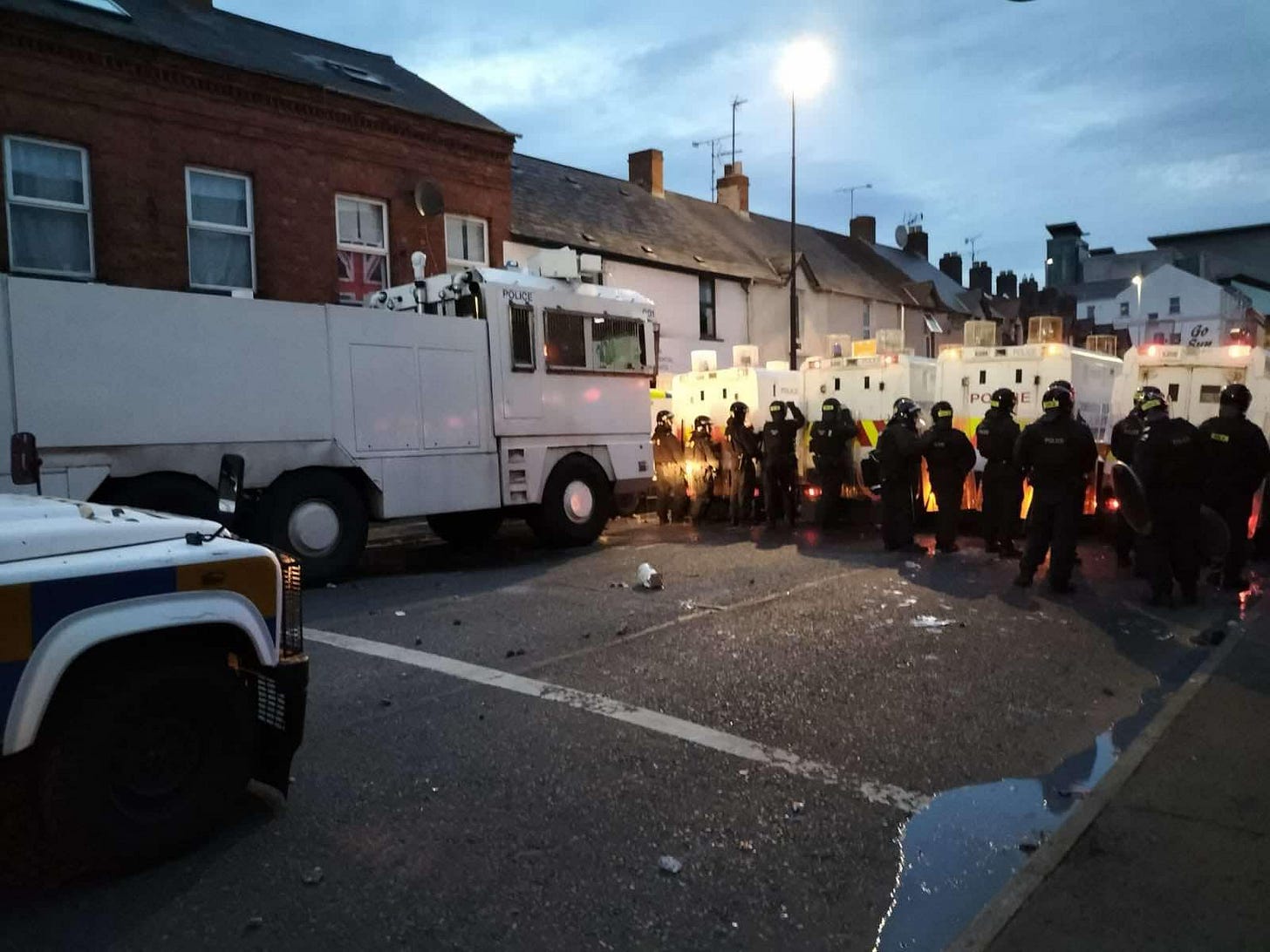The Lead Untangles: Peaceful protest into riots in Ballymena
We look at how violence has flared in Northern Ireland over the past week and hear from Ballymena-based journalist Kathryn Johnston as she looks at what can be done

What is happening in Ballymena? Allegations of a sex assault against a 13-year-old girl. A peaceful protest morphs into riots focussing on members of Ballymena’s migrant community. Attacks on police with fireworks, petrol bombs, and boulders. Cars burned out, houses attacked. P…





